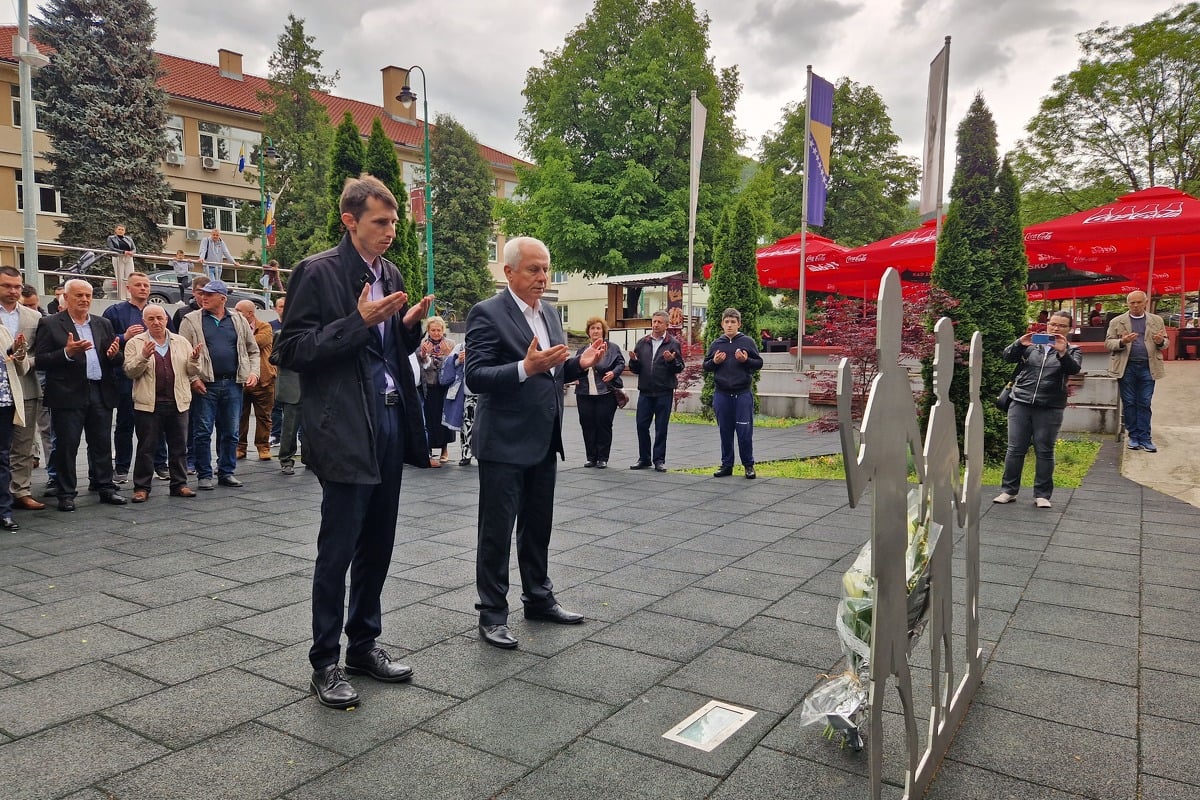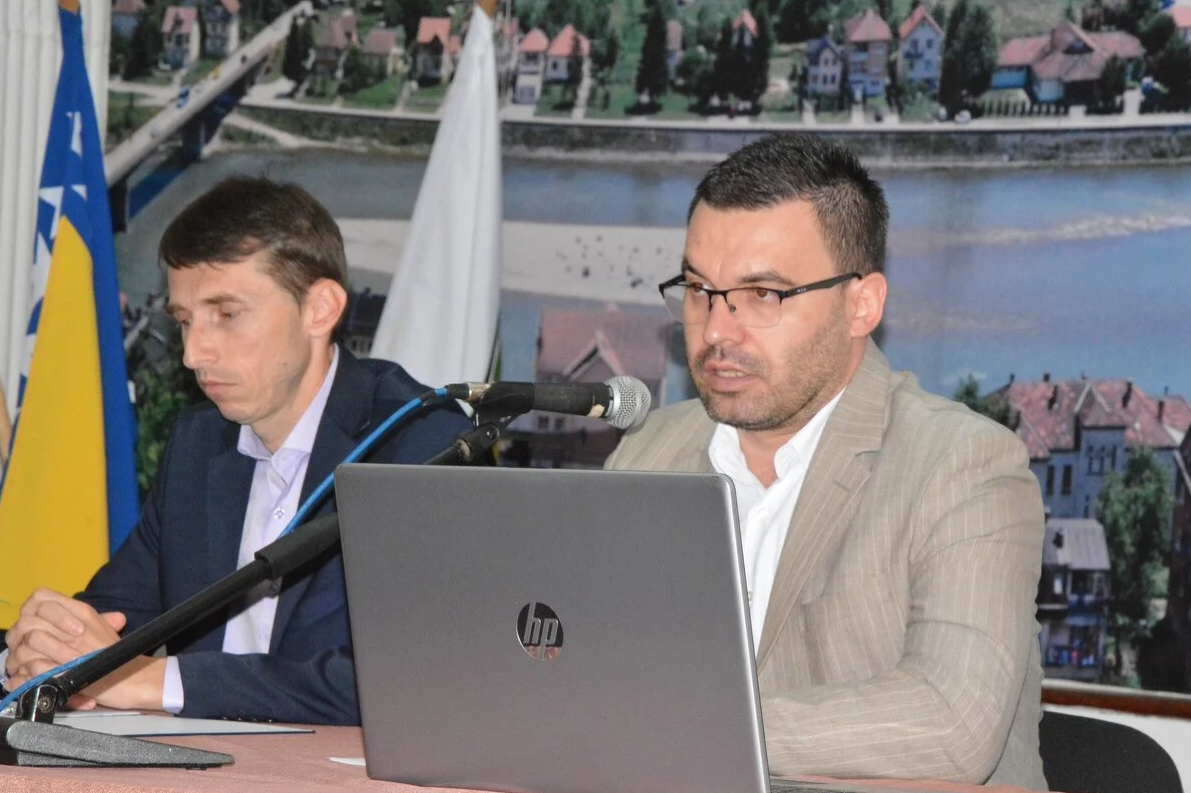Exactly 31 years ago, on May 14, 1992, the first murder of children was committed in Goražde at the beginning of the aggression against this city, when Mirsad Ćulov (15) and Selvira Suljović (16) were killed in front of the building in what was then Sandžački brigade street.
After this date, during the 1,336-day long siege, the continuous killing of children continued, and after three decades of the terrible events in Goražde, on the initiative of Amar Imamović, May 14 was declared the Day of Remembrance of the Murdered Children, and this day is also a day of mourning in the entire canton.
For the mother of the four-year-old girl Amila Žunić, who was murdered on May 25, 1994, the monument to the murdered children in Goražde is a place of calm for all her emotions, immense pain, loneliness and sorrow.
"Amila couldn't wait to go to school, she was so curious and cheerful. You know how she had blonde hair like the girl from Seka chocolate. My beautiful child, innocent...I would tell you for days about her, and they killed her on the day of youth. I managed to overcome all these years of difficult trials and losses. They killed my only child, and I am brave, I can come here, because we must remember," the mother of the murdered girl told us.
The parents of the murdered children are grateful to the institutions for deciding that one day in Goražde will be dedicated to the murdered children.
"My Harris would be 37 years old today. He is a grown man, who would have children, a family, a job. And he was killed. We parents experience this pain every day, but when we are gone, someone has to talk to the generations to come, and that's why I glad that he finally has this day, for our murdered children," says Mirsada Čaušević.
Together with numerous citizens and officials, they left flowers at the monument and offered a prayer, and they all attended a forum organized by the Institute for Research of Crimes Against Humanity and International Law of the University of Sarajevo, where expert associates Muamer Džananović and Ermin Kuka spoke.
Crimes without punishment
"On May 14, 1992, when the first murder of children was committed in the city, the aggressors launched a fierce offensive with the aim of "cleansing Goražde", as stated in the documents, and forces from the Čajnič, Foča, Rudo and Užice Corps participated. As a result of these operations the first murder of children in the city was committed when 15-year-old Mirsad Ćulov and 16-year-old Selvira Suljović were killed. In that crime, Adem Hubanić (1963) was also killed, and Selvira's brother Saudin (1983) and her father Ibrahim (1932) were wounded. Selvira's mother was killed during the aggression. During the attack on Lozje on May 22, 1992, in which 11-year-old Advira Šahman was among dozens of victims, it is also a fact that Selvira's daidža and daidžić Mehmed Bogdanić (1943) were killed in that crime. and his son Senad (1966). Selvira's brother Saudin was transferred to Užice where he was not adequately treated," Džananović said.
During the siege of Goražde, at least 120 children were killed and 428 were wounded. Džananović points out that it is important to point out that among the 149 children whose names are written on the memorial, there are also children who have a direct or indirect connection with Goražde, but were also killed in other municipalities.
"I don't want to talk about children as a number, but as someone we should remember and think about who they were, why they were killed, who else was killed in their family, what they were called, what they looked like. their families and relatives and we think at least this May 14, once a year, about how old they would be today, what they would do, what they would look like, whether they would have children of their own - these are all questions that their parents ask themselves to ourselves. Let's ask ourselves at least once a year what we did for their parents, relatives, relatives of all the victims. The traumas they survived are transgenerational and we as a community must be aware of that," he said.
He sent the competent institutions the initiative to finally form and make the Association of Parents or Relatives of Murdered Children functional.
"In addition to commemorating these crimes, society would have an interest in bringing them together to more easily recognize the different needs of those families. Also, competent government representatives should send an urgent request to the cantonal and state judicial authorities, primarily to the State Prosecutor's Office, with the question of which investigative actions were being carried out and which are currently being carried out works when it comes to the crimes against over 550 killed and wounded children in Goražde during the siege, and why no one was held accountable for those and other crimes during the siege," Džananović said.
Museum of Wartime Childhood
During the forum, the importance of the Museum of the Siege of Goražde was emphasized, as a memorial and educational center for all the crimes committed in Goražde, but also in Podrinje during 1992-1995, as well as earlier historical periods.
"The least these murdered children deserve is a memorial room or a museum of wartime childhood. It could be a museum of their memory, but also the destroyed childhood of all the children who survived the siege. It would certainly be good if throughout the future memories of this day we also remember the murdered children in upper Podrinje, Podrinje in general and Bosnia and Herzegovina, so some of the proposals for memorialization and remembrance of these children will also go in that direction," says Džananović.
On the occasion of the Day of Remembrance of the Murdered Children of Goražde, an exhibition of sculptures "Mother" by Jakub Hubjer was set up in the city gallery.

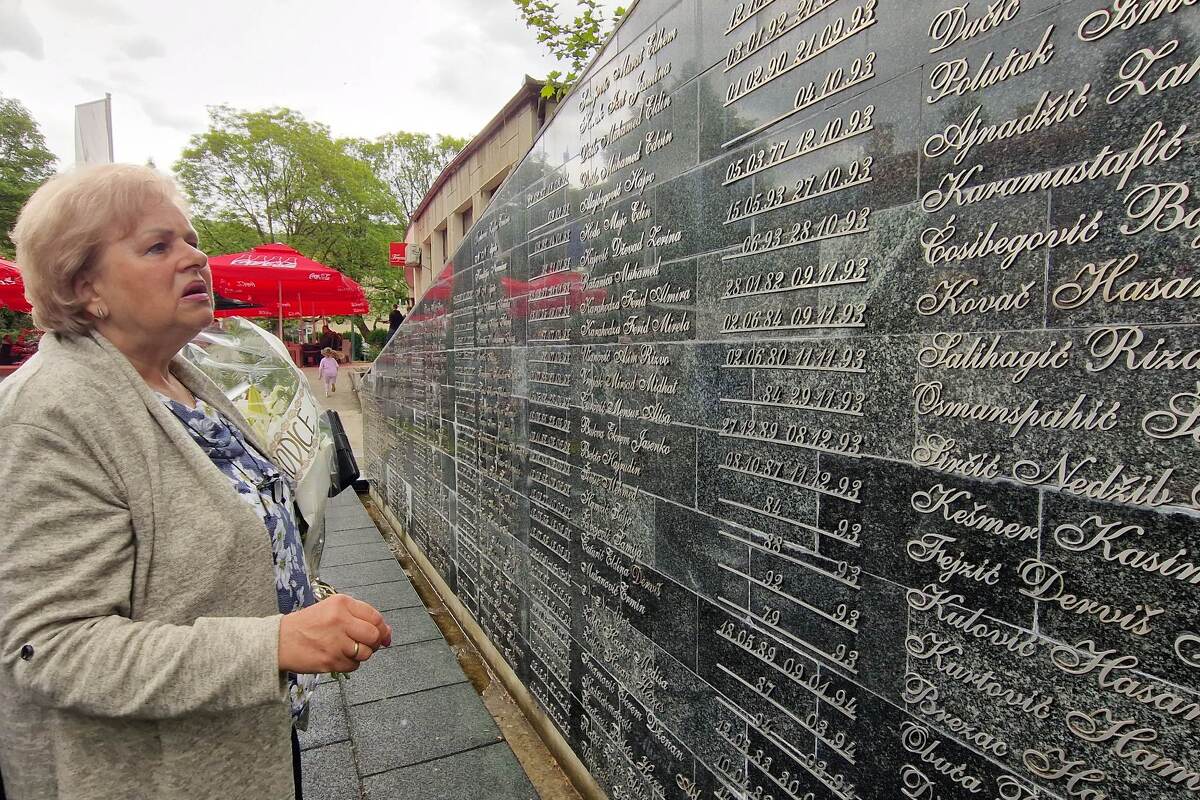

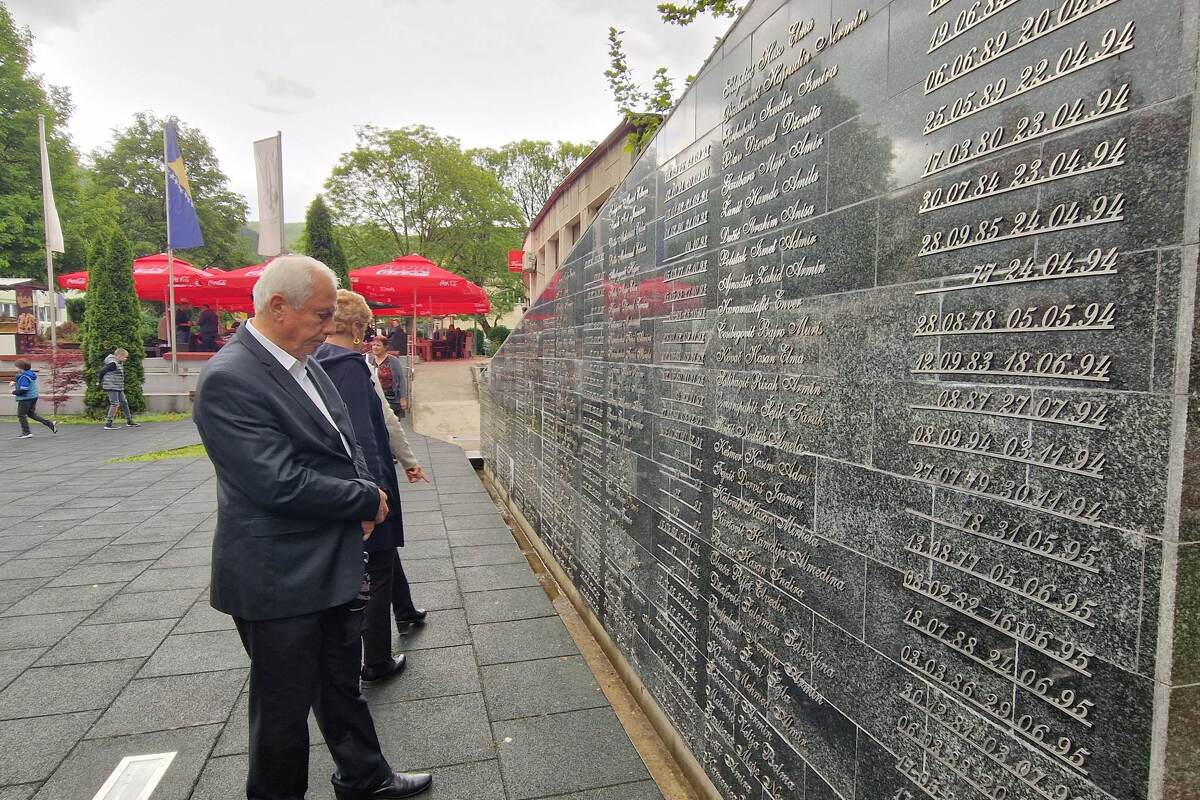
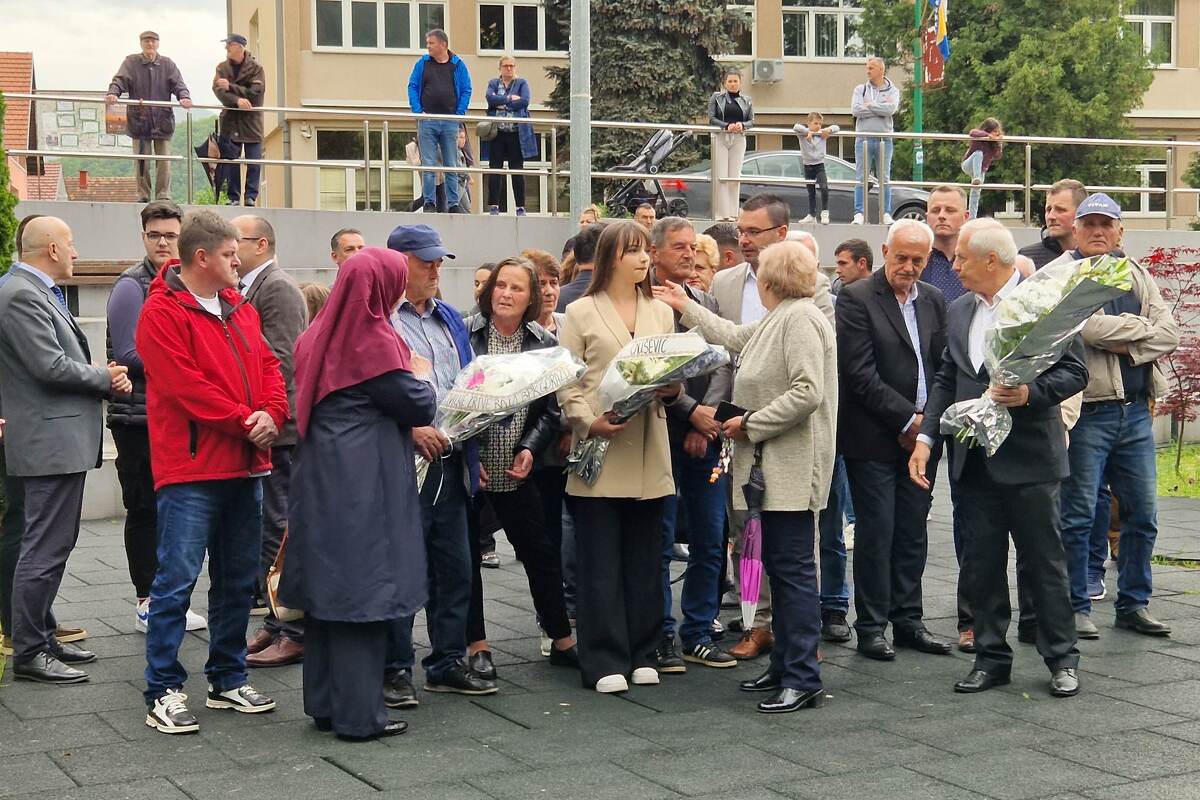
Source and photo: Klix.ba
